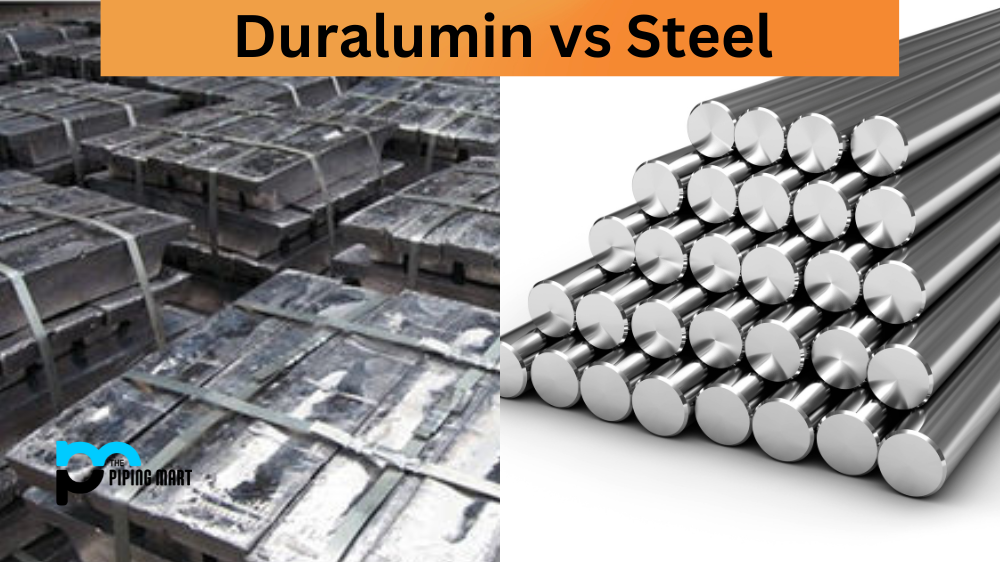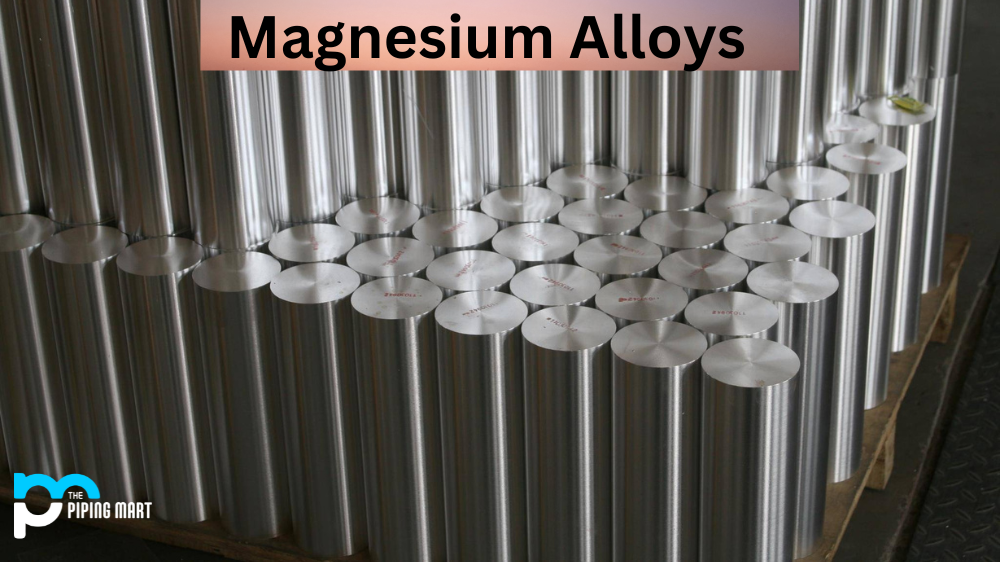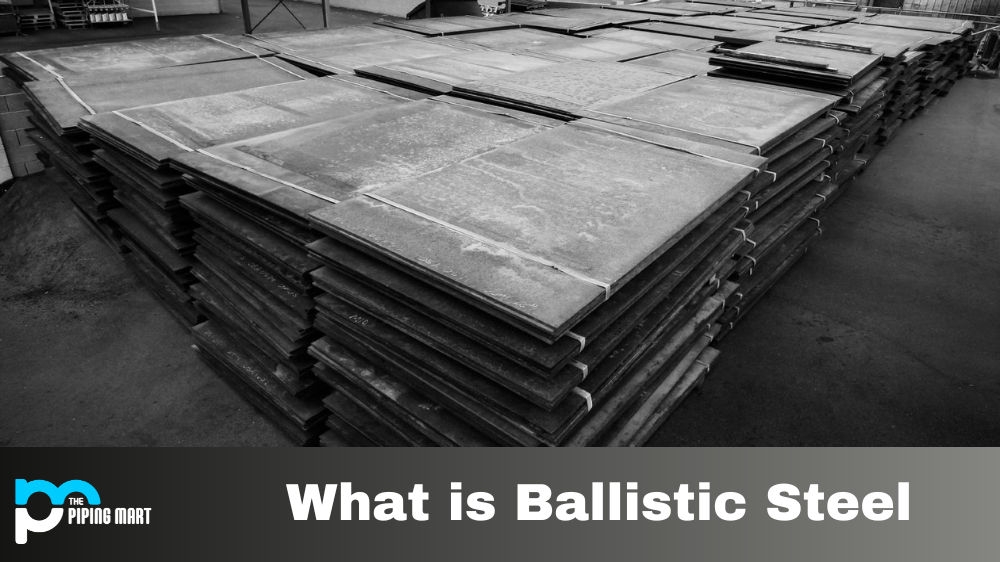When it comes to choosing between materials for construction and manufacturing, there are a lot of factors to consider. Depending on the application, strength, weight, and corrosion resistance could be among the most important. Two popular options that often get compared are duralumin and steel. Both have pros and cons and choosing between them can be challenging. By comparing their properties, this blog post will help you decide between duralumin and steel.
Difference Between Duralumin and Steel
Composition and Properties
Duralumin is an aluminium alloy that contains copper, magnesium, and manganese. It is known for its high strength-to-weight ratio, which makes it a favourite material for aircraft construction. On the other hand, steel is an alloy of iron, carbon, and other elements, such as nickel and chromium, depending on the grade. Steel is incredibly strong and has a high resistance to impact and wear. However, it is also significantly heavier than duralumin.
Cost
When it comes to cost, steel is typically more affordable than duralumin. This is because the production process of steel is simpler than that of duralumin. However, if weight reduction is a significant factor, then the value of duralumin may offset the added cost relative to steel.
Corrosion Resistance
One of the most significant differences between duralumin and steel is their corrosion resistance. Duralumin has excellent corrosion resistance, making it ideal for marine environments or structures exposed to the elements. On the other hand, steel is susceptible to corrosion and requires extra protection to prevent rusting.
Machinability
Machinability is another essential factor when choosing between duralumin and steel, particularly for manufacturing processes requiring precision. Duralumin is relatively easy to machine thanks to its low melting point and excellent ductility. In contrast, steel is much harder and less ductile, which makes it more challenging to machine. However, once machined, steel’s harder and more durable properties allow it to maintain shape and resist deformation and wear.
Applications
The applications of duralumin and steel vary widely and are used in various industries. Duralumin is often found in the construction of aircraft and motorbikes, while steel is used in construction, automobiles, and heavy machinery. Generally, duralumin is chosen in applications where lightweight and corrosion resistance are essential, while steel is used where high strength and durability are more critical.
Conclusion
When comparing duralumin vs steel, it ultimately comes down to the intended object’s intended use. Duralumin is a lightweight and durable material perfect for marine environments or high-stress applications. On the other hand, steel is an extremely strong and robust material used for construction applications. While steel may be stronger, duralumin’s properties make it an excellent choice for reducing overall weight while improving resistance to wear and corrosion. Ultimately, this makes duralumin, in particular, an excellent choice for aviation, and it should be preferred over steel when weight reduction is a critical requirement.

Meet Bhavesh, a seasoned blogger with a wealth of knowledge and experience. From metal products manufacturing to retail, Bhavesh has a diverse background in various industries and is dedicated to sharing his insights and expertise with readers.




